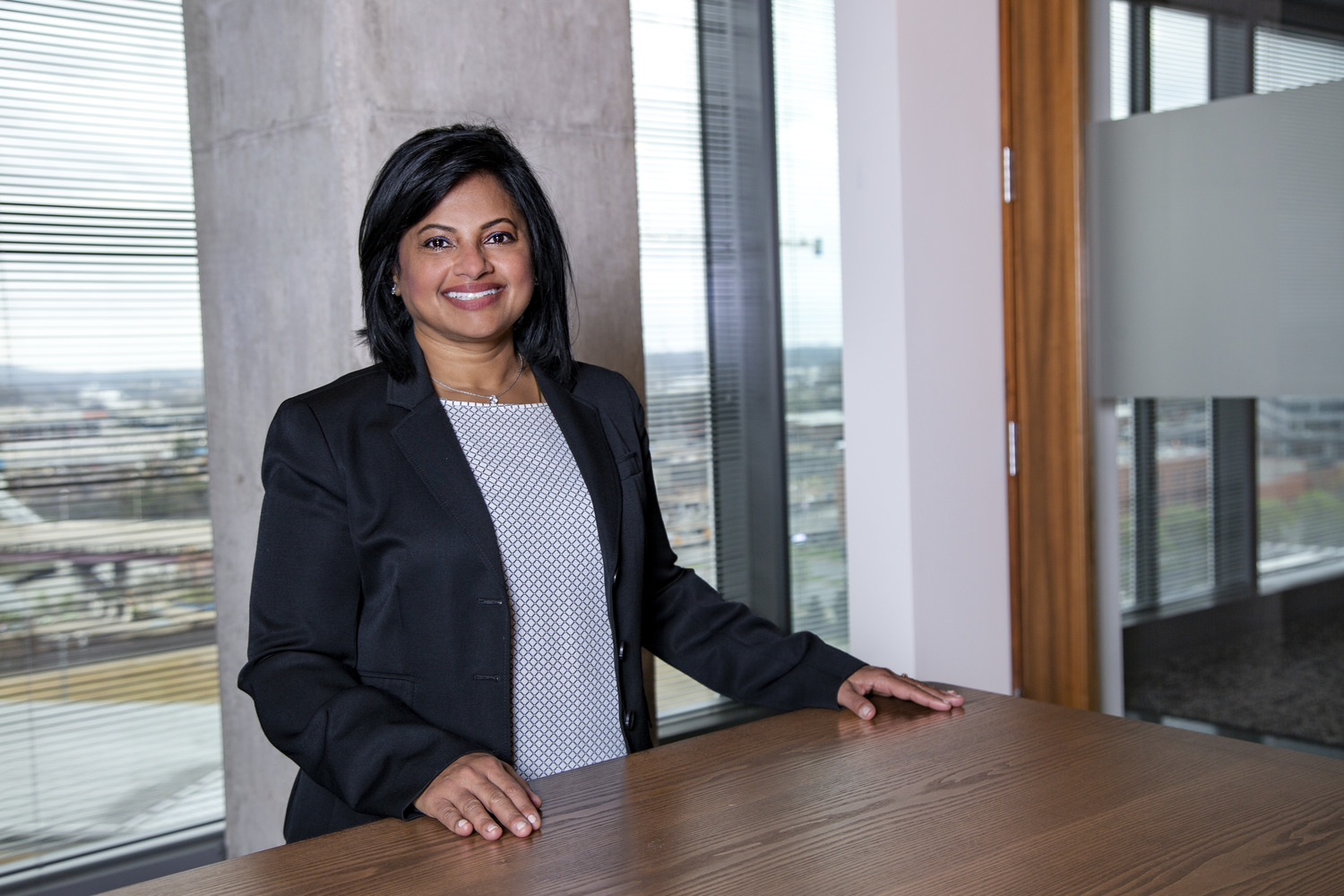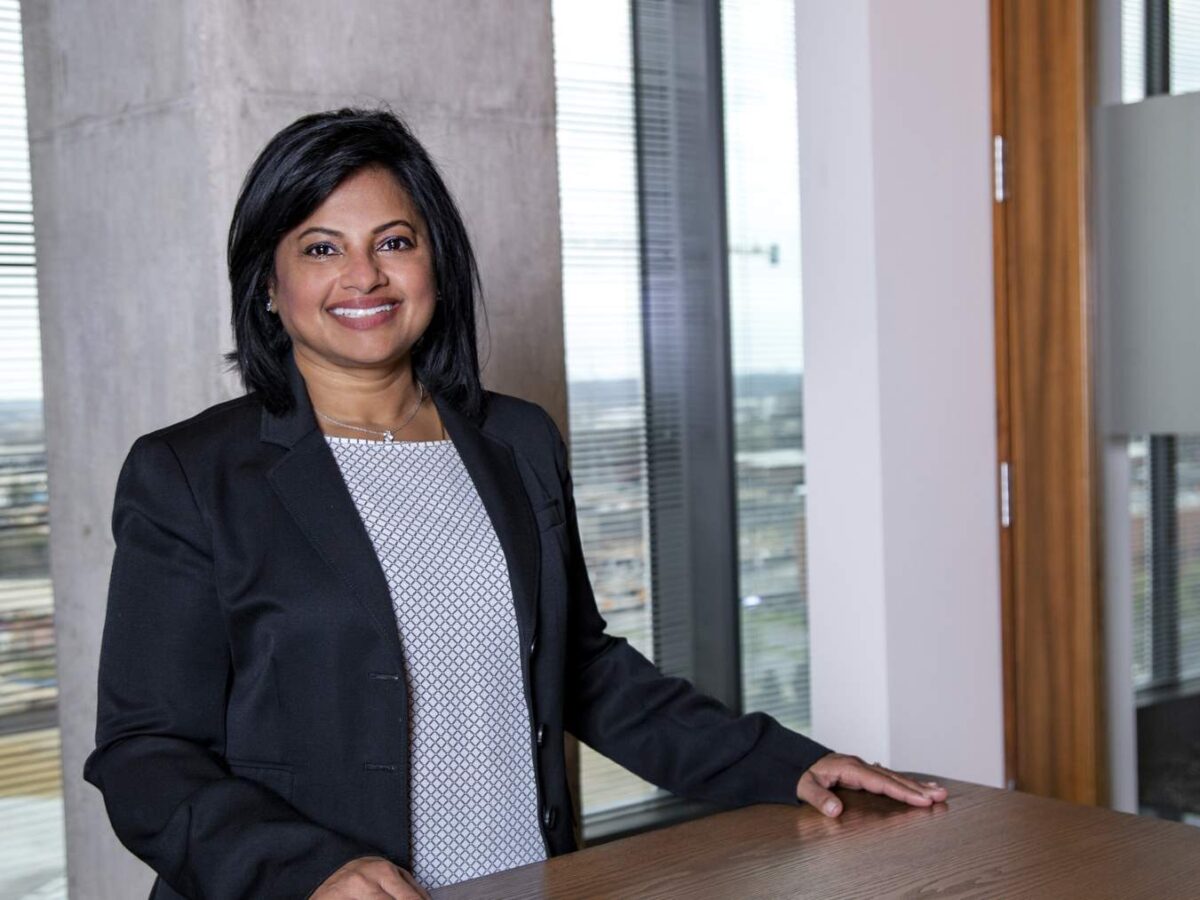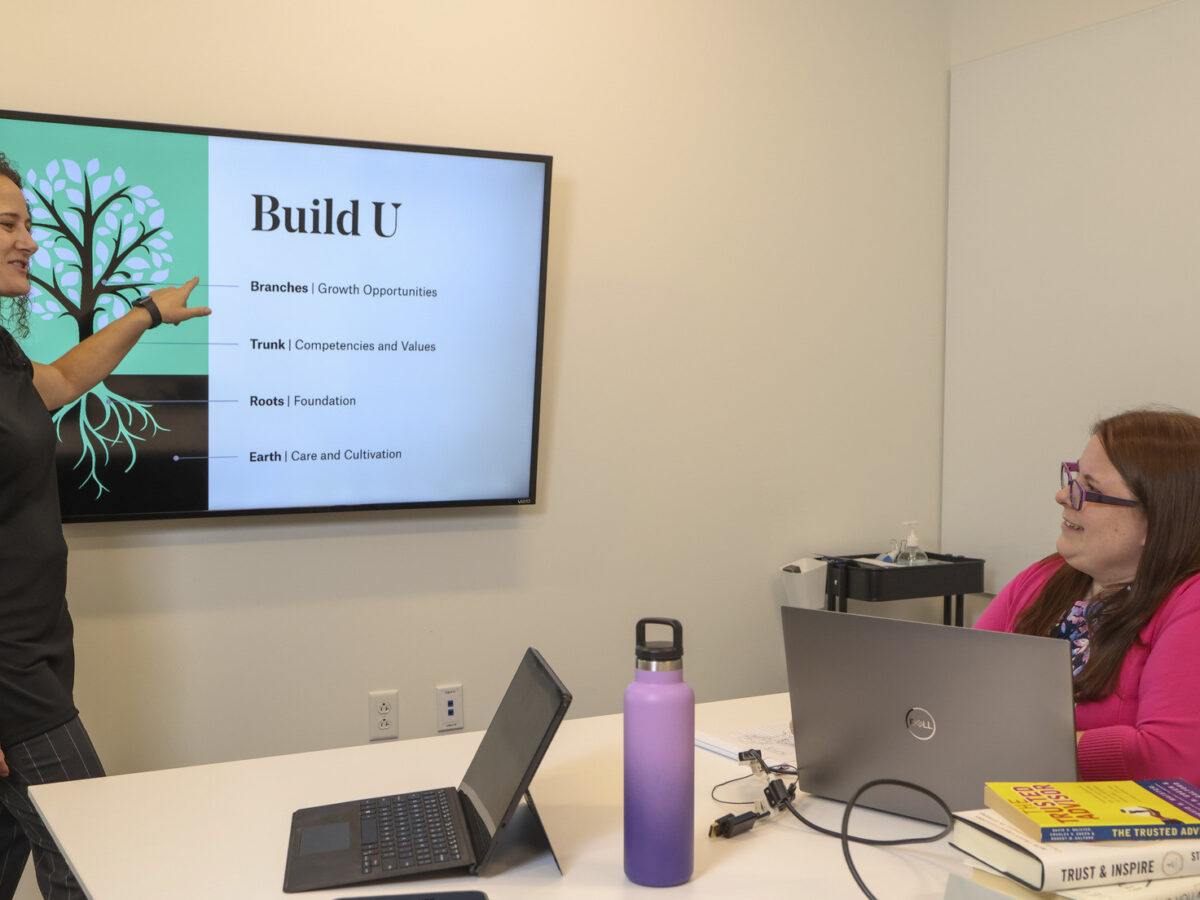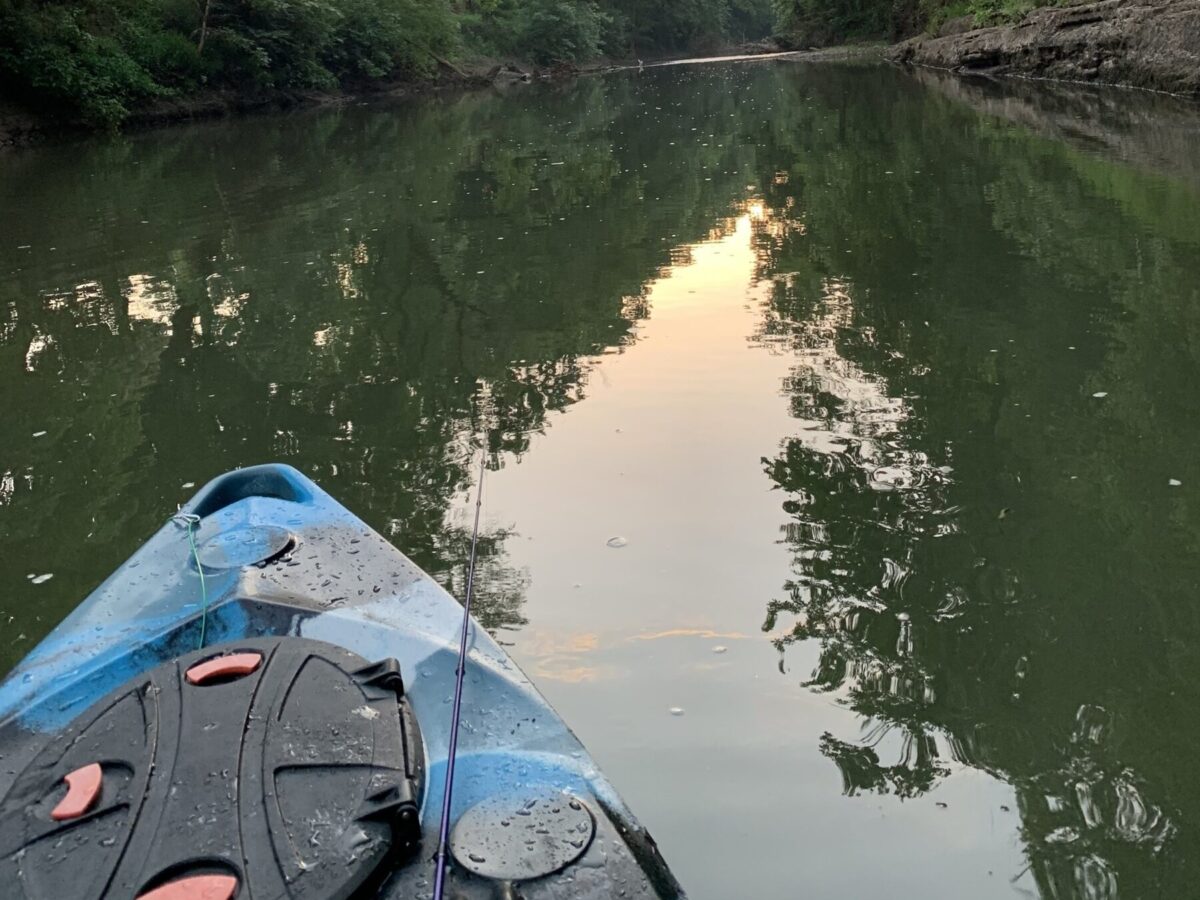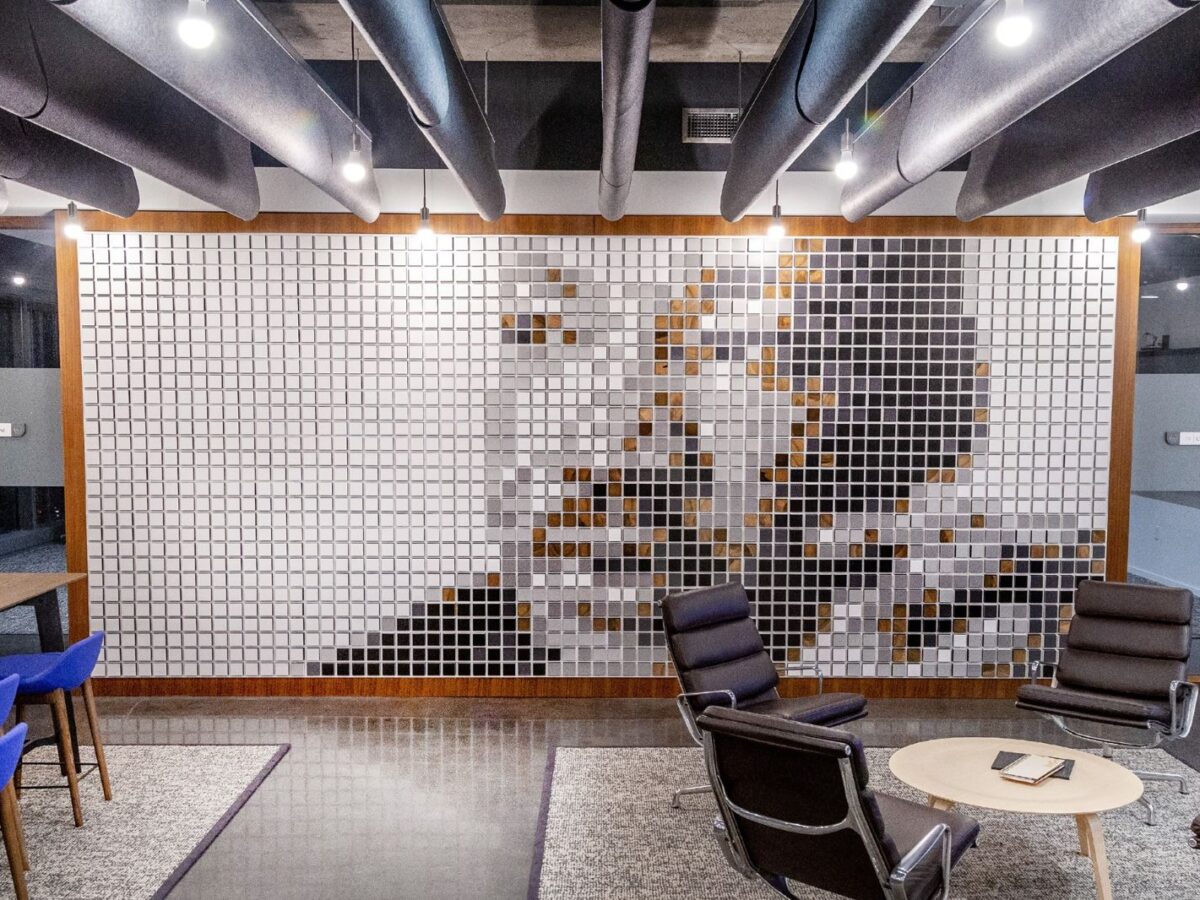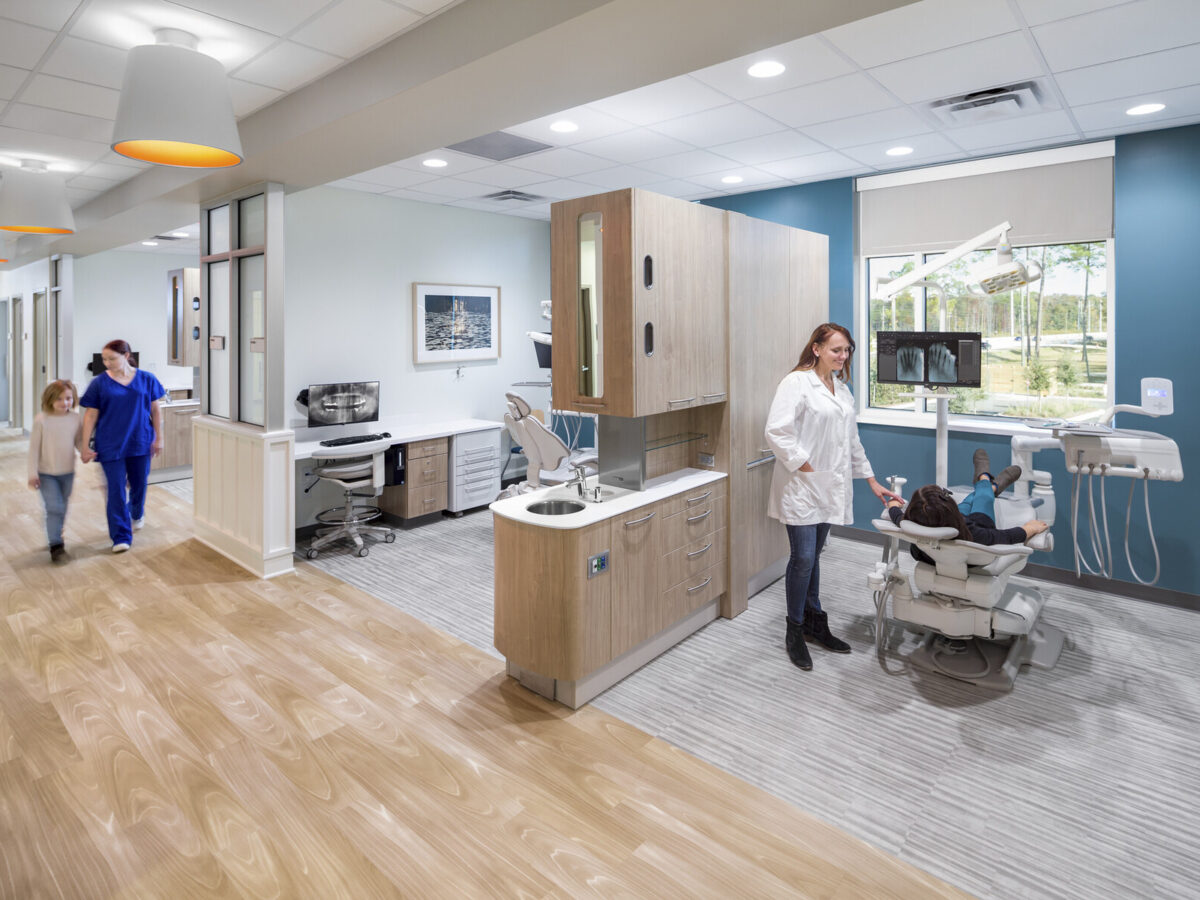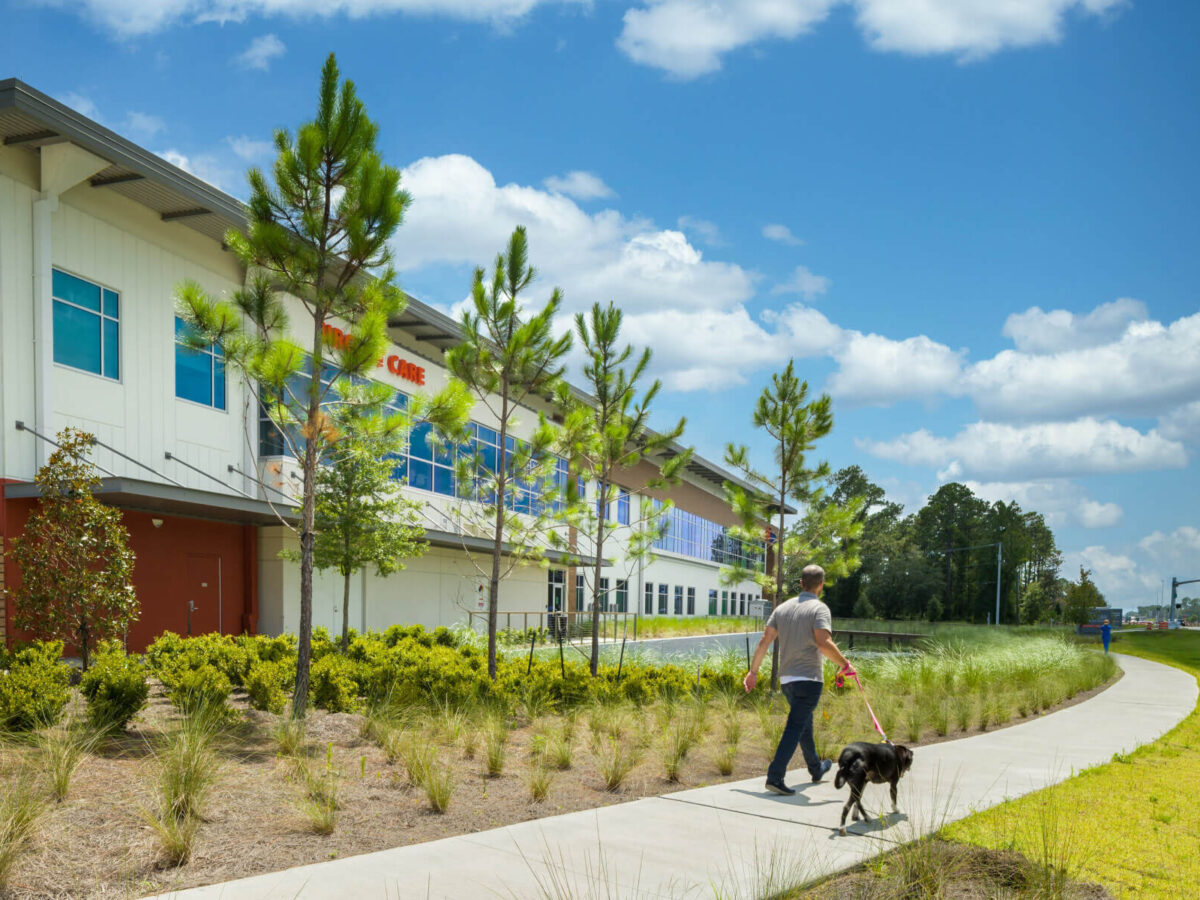To celebrate AAPI Month, we sat down with Kalpana Mohanraj, a project executive and healthcare strategy leader in Gresham Smith’s Denver office, to learn more about her unique architectural journey that spans market sectors, continents and cultures.
Born in Chennai, India, a city famous for its ancient temples, vibrant arts and natural wonders, Kalpana spent her formative years steeped in a culture where sustainability was ingrained in everyday life. From conserving newspapers for resale to repurposing milk containers, her upbringing instilled a deep respect for resources—a value she has maintained throughout her life. After completing her undergraduate studies in architecture in her homeland, Kalpana journeyed to the United States to earn her master’s degree. Following her studies, she began a career in healthcare design.

For more than a decade, Kalpana honed her craft, witnessing shifts in architectural as well as care-delivery trends, including the arrival of the medical office building model. In 2009, a strong call to return to India beckoned, leading to her work on a wide range of diverse projects outside of the healthcare realm.
“It seemed that everybody I knew in India had a project in mind.”
“The Great Recession in the late 2000s hit the healthcare sector hard in the U.S., causing a slowdown in construction activity,” recalls Kalpana. “However, India was less affected by the recession, and architectural practice in general was marked by more custom-designed projects, especially in the residential sector, which was very appealing to me because of the creative opportunities it offered. It seemed that everybody I knew in India had a project in mind. So, the continuous flow of work, particularly in residential and hospitality, led me to transition to full-time work in India.”
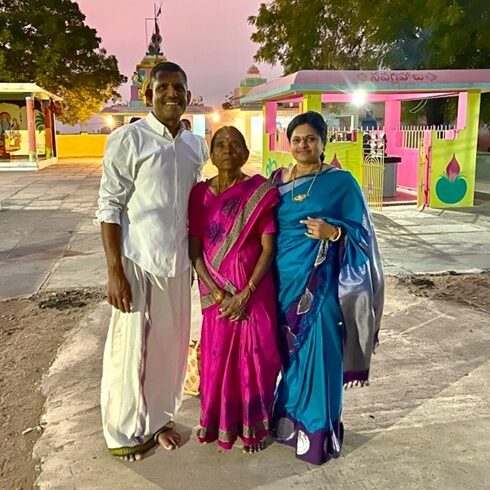
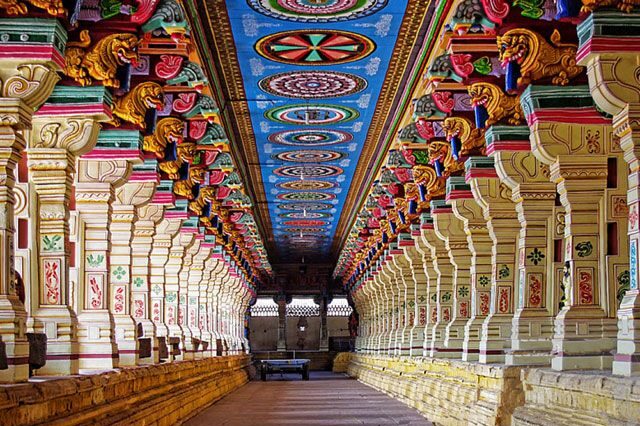
Still based in the U.S., Kalpana’s new professional chapter saw her traveling back and forth to India on a regular basis. “Trying to balance work and living between the two countries was challenging to say the least, particularly while my husband and I were raising a 3-year-old and a 6-year-old,” says Kalpana. “But I was fortunate that either my mother or mother-in-law were able to come to the U.S. to help take care of our children while I was working in India. Because I left India right after school, I always felt there was this missing piece—an unfinished chapter in my life. Plus, I was intrigued by the prospect of returning home to practice architecture, especially when I’d hear about the exciting projects my schoolmates were involved in.”
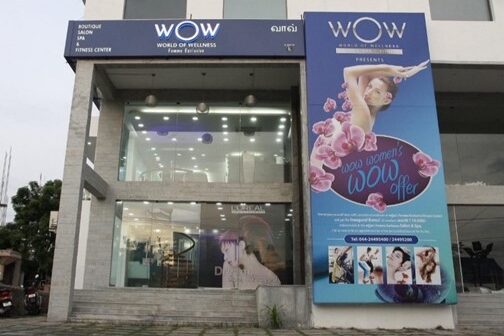
During her six-year tenure designing in India, Kalpana’s portfolio encompassed a diversity of projects that satisfied her need for creative design. “They covered a wide scope, ranging from expansive private residences to low-income and high-end apartment complexes, beauty salons, and socially impactful endeavors such as a school for children with disabilities, which was a particularly rewarding project for me,” says Kalpana. “Compared to India, there were far more restrictions in the U.S., which at that time felt stifling due to the regulated market and code constraints.”
While working in India, Kalpana discovered the unfettered design freedom she was seeking. However, over time, she began to realize that it didn’t hold the same personal significance as working on healthcare projects. “It simply wasn’t as meaningful to me,” reflects Kalpana. “Although the experience was enriching, I found myself longing to return to architectural work in the U.S. So, in 2014, I made a pivotal decision to transition back to working in the U.S., which coincided with our move to Denver. I worked on K through 12 and civic projects, including the iconic Denver Public Library, to help me get my ‘feet wet’ again. But healthcare design remained a greater calling, and in 2017, I joined a startup firm in Denver that was aiming to expand its healthcare practice.”
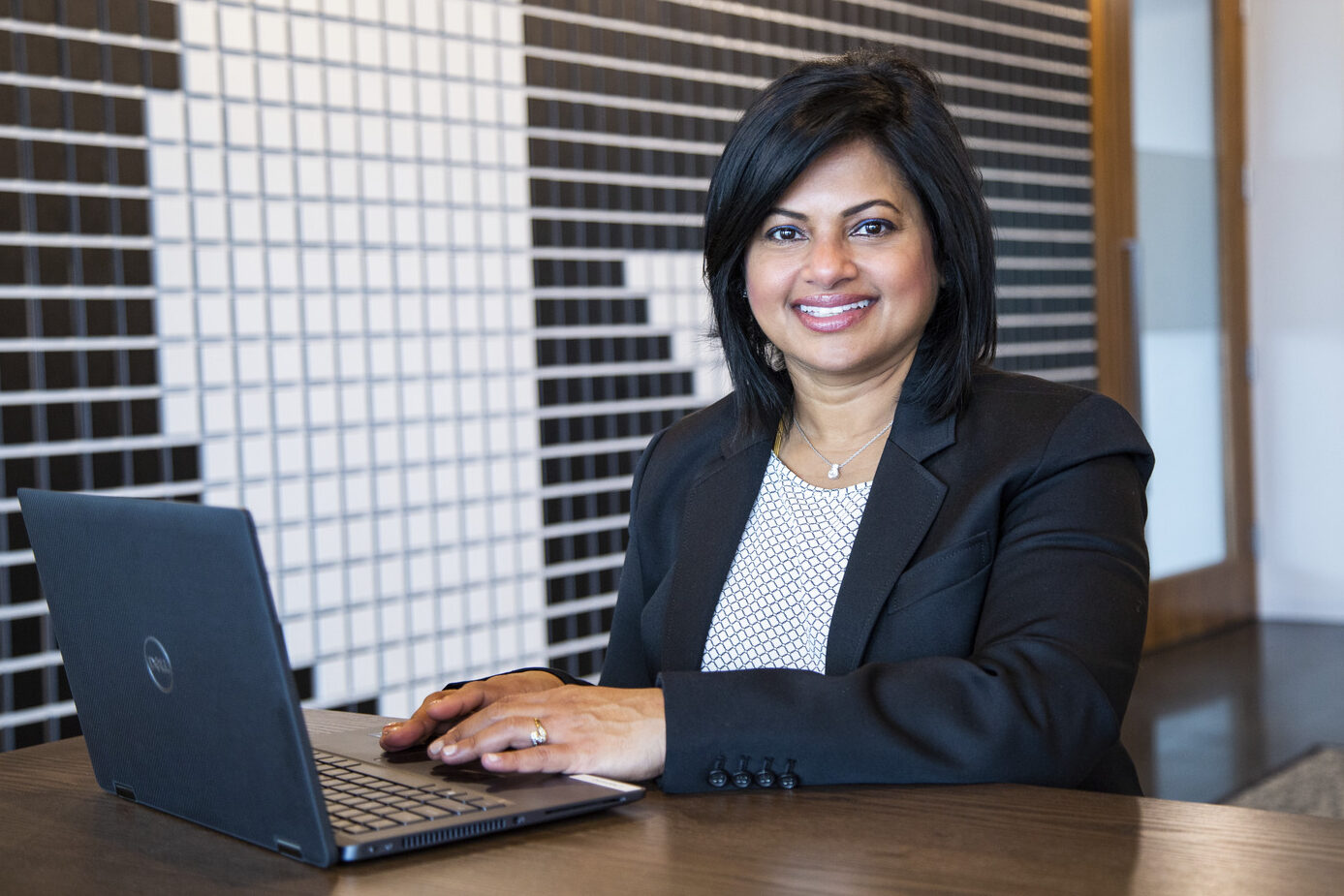
Exploring the Non-Traditional
With over two decades of experience in design, business development and client relations, Kalpana joined Gresham Smith’s Denver Healthcare team in 2023, taking on the dual roles of project executive and strategy leader. “As a project executive, I’m helping expand our Denver practice and Healthcare studio. As a strategy leader, I have a firmwide role focused on our non-traditional or alternate-site-of-care growth initiative,” explains Kalpana. “I feel this area is akin to the emergence of the medical office building model in the early 2000s, where architects initially hesitated but eventually embraced the trend. Today, we’re witnessing a similar shift, with healthcare components being integrated into unexpected spaces like school campuses and retail environments.
“The impact of the COVID-19 pandemic undoubtedly accelerated the need for innovative healthcare delivery models.”
“The impact of the COVID-19 pandemic undoubtedly accelerated the need for innovative healthcare delivery models. For example, telehealth and virtual visits have now become imperative to meet the needs of the shifting demographic from baby boomers to Gen X, millennials and Gen Z, prompting the industry to rethink traditional healthcare settings. I’m excited to work closely with Jim Langlois, the firm’s executive vice president of Healthcare, to analyze these ‘disruptions’ to healthcare delivery. We’re exploring how to adapt and diversify our services to meet evolving needs, such as developing prototypes for healthcare facilities that are scalable, affordable, convenient and accessible in order to address various conditions outside of the traditional hospital setting.”
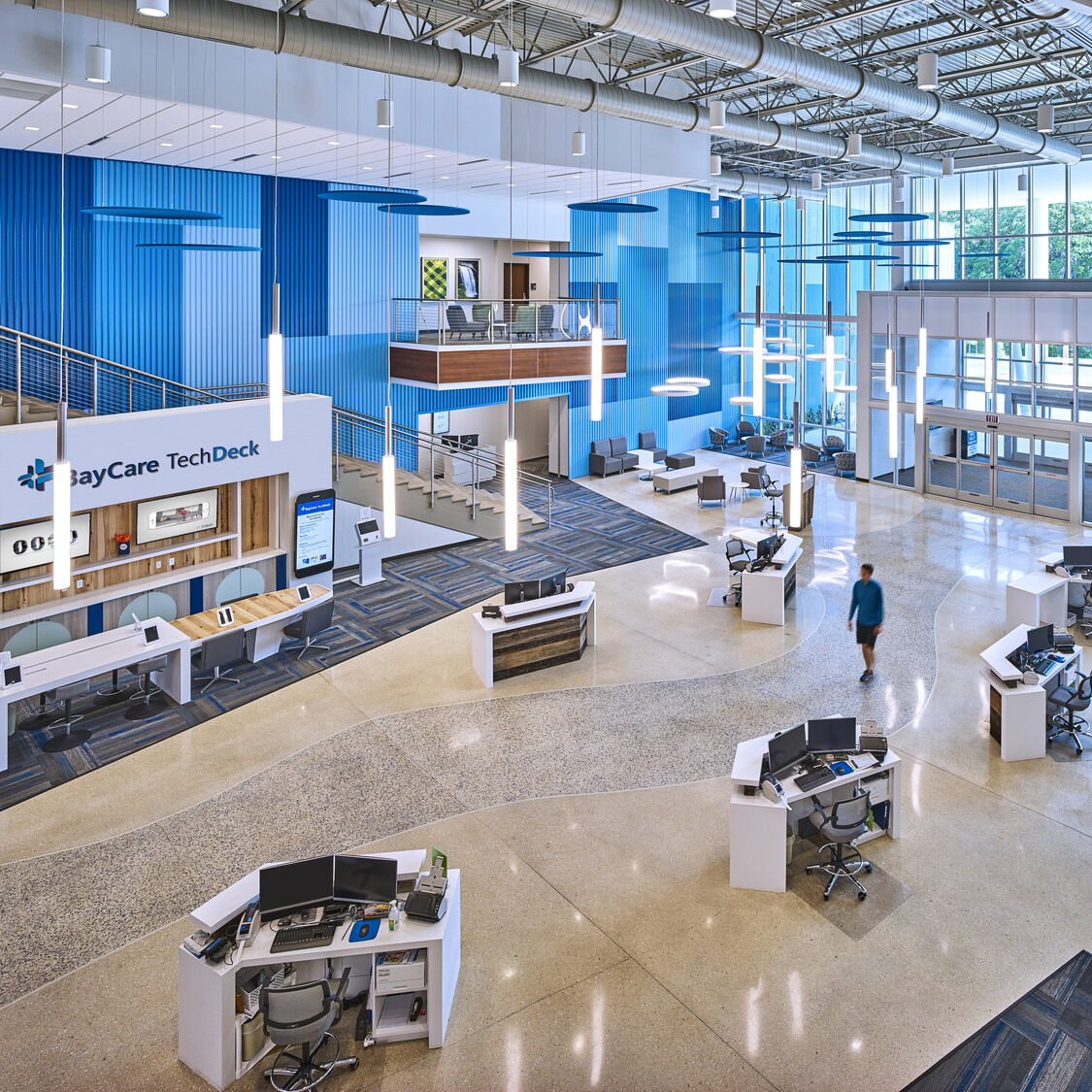
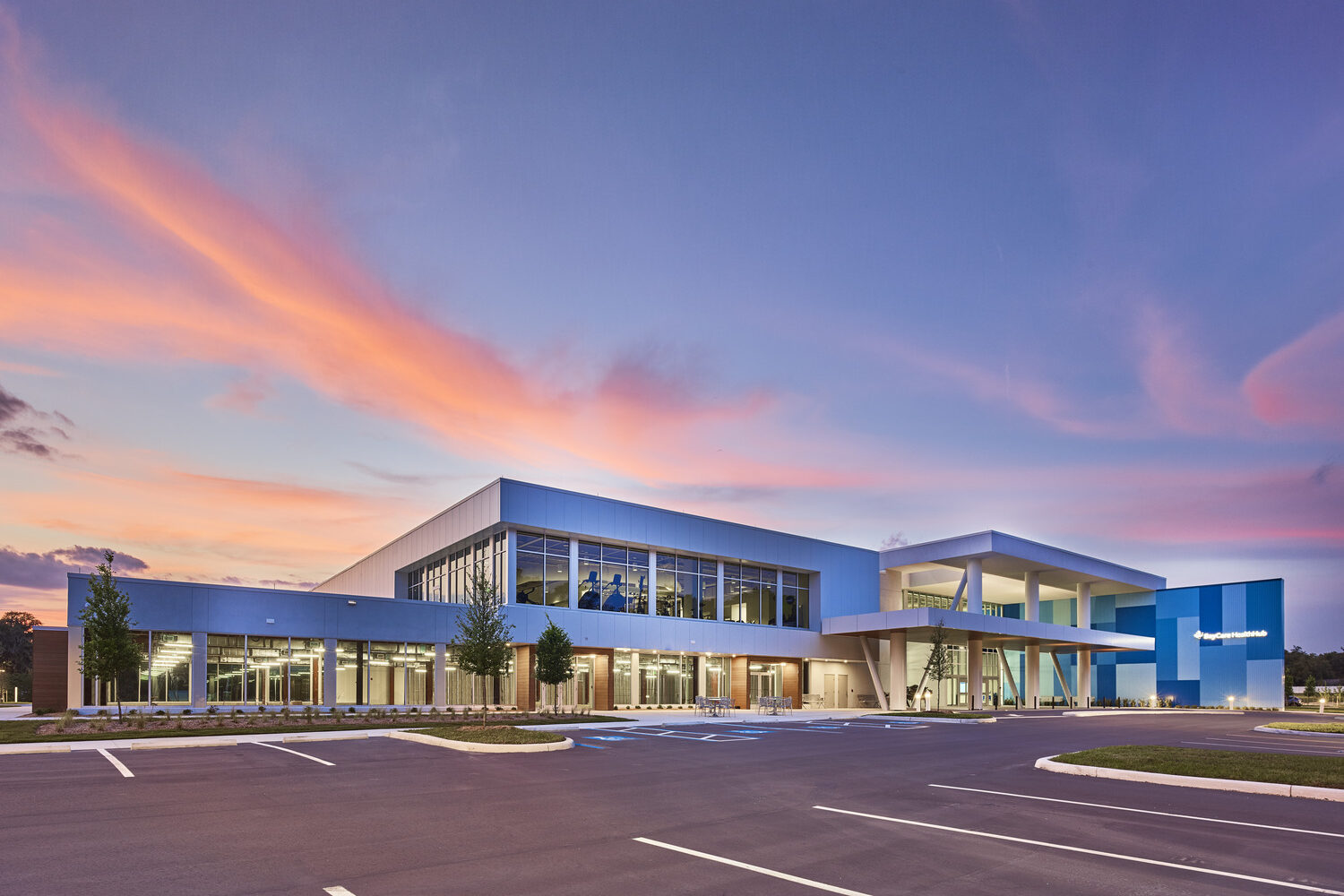
As part of the Healthcare market’s non-traditional/alternate-site-of-care growth initiative, the group kicked off 2024 with a focus on getting one step closer to understanding what the hospital of the future will look and feel like. This included an internal design charette that brought professionals across Gresham Smith’s Healthcare offices together to envision the future society they’re designing for.
“When you consider what the hospital of the future might look and feel like 10, 20 or even 50 years from now—particularly in light of the increasing role of AI in healthcare—it really might be no hospital at all in the traditional sense,” says Kalpana. “I see tremendous potential in reimagining traditional hospital settings as decentralized neighborhood hubs embedded within communities where individuals can access essential services with ease. Patients will no longer need to endure long drives to distant hospitals for routine care. Instead, we envision healthcare becoming seamlessly integrated into the fabric of our everyday lives. I’m excited that we’re expanding the firm’s design thinking in this area as Gresham Smith progresses toward designing non-traditional/alternate sites of care.”
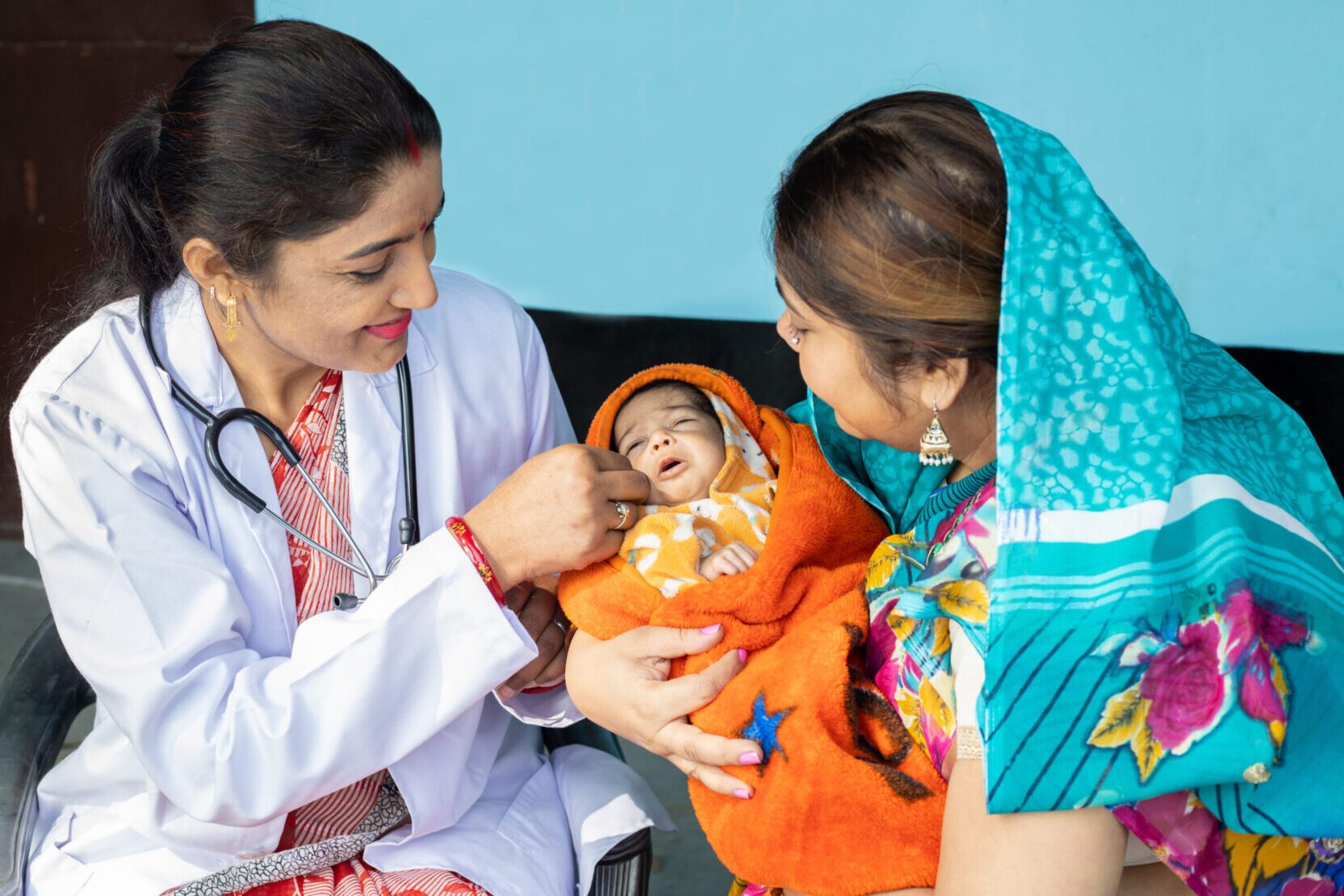
Tradition Meets Technology
As Kalpana reflects on her origins, she can’t help but draw parallels between the personalized approach to healthcare she and her family experienced and the potential of AI to emulate this type of care in the future.
“Growing up in India, we had a family doctor who was often a distant relative or family friend, providing care across generations,” says Kalpana. “For instance, the same doctor would attend to my father and I, and their successor would provide care for my children. This continuity fostered a deep understanding of our family’s medical history. The doctor was intimately familiar with our lives and knew all about my father’s health conditions—not just from medical records but as common knowledge.
“Growing up in India, we had a family doctor who was often a distant relative or family friend, providing care across generations.”
“So, the question is, how can AI replicate this personalized care? How can it become the ‘family doctor’ that tracks our life events from birth to adulthood and through life, connecting them with our parents’ and grandparents’ experiences? While this familial approach to healthcare may be fading, I think that AI presents an intriguing possibility to revive it. Drawing from my Asian upbringing and heritage, I see this fusion of tradition and technology as a promising avenue for the future of healthcare. It wouldn’t be the first time that the solutions for tomorrow can be found by revisiting the practices of the past.”
